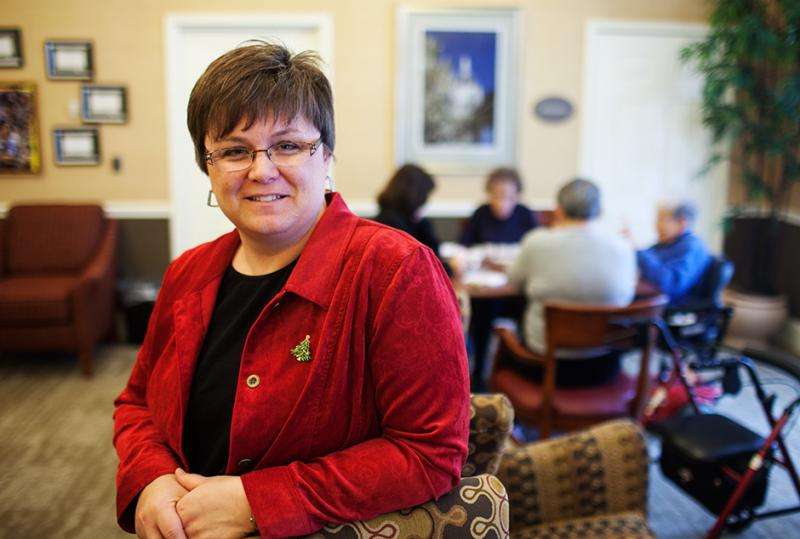New program could improve hearing aid use for older adults

Hearing loss is the third most common chronic illness for older adults. It can impact everyday life and can significantly affect a person's health and safety if gone untreated. Hearing aids are the most common treatment for hearing loss. However, in 2005 more than 325,000 hearing aids, less than four years old were unused according to a previous study in the Hearing Journal. Now, a new hearing aid adjustment program created by Kari Lane, assistant professor at the Sinclair School of Nursing at the University of Missouri, may help increase hearing aid use for those who need them.
"Being able to hear is very important, especially as we age, and older adults don't wish to be told they're confused," said Lane. "Yet, not being able to understand what is being said, or missing out on conversations, can cause the perception of confusion. This can lead to social isolation and deteriorating relationships."
Audiologists and hearing aid dispensers typically use one of two strategies for hearing aid adjustments, total immersion or gradual, self-paced adjustment. During total immersion, a patient starts wearing the hearing aid all day from day one. Gradual, self-paced adjustment involves patients' wearing their hearing aids for as long as possible the first day and gradually increasing the period of time worn from that point forward. Both strategies can leave patients feeling frustrated with hearing aids, especially as they encounter new sounds.
The Hearing Aid Reintroduction (HEAR) program is a systematically gradual method to support adjustment to hearing aids. With HEAR intervention, the duration of hearing aid use increases slowly from one hour on day one to ten hours on day 30. HEAR also takes into account the different environments that impact hearing and exposure to different sounds. Unlike total immersion or gradual self-paced strategies, HEAR incorporates pacing that does not overwhelm the patient, uses terminology consistent with the reading level of the patient, individualizes instruction and repeats critical information frequently. HEAR also is a program that nurses can facilitate in their regular interactions with hearing aid patients.
For the initial trial, Lane tested the sample on a population of 15 men and women age 70 to 85. All participants owned functioning hearing aids that were not being used but were willing to try and adjust again. Before the HEAR intervention, all participants indicated low satisfaction with their hearing aids. In contrast, 87.5 percent of those that were able to adjust to their hearing aids after completing HEAR reported being satisfied.
"Those with hearing aids currently sitting in drawers should seek assistance in getting their hearing aids to work for them," said Lane. "They should go back to their audiologist for a readjustment and keep going back until it works. Often, it may take six to ten times to get a hearing aid adjusted perfectly."
The study, "Assisting Older Persons with Adjusting to Hearing Aids," was published in Clinical Nursing Research. It was funded by the National Hartford Center of Geriatric Nursing Excellence.
















